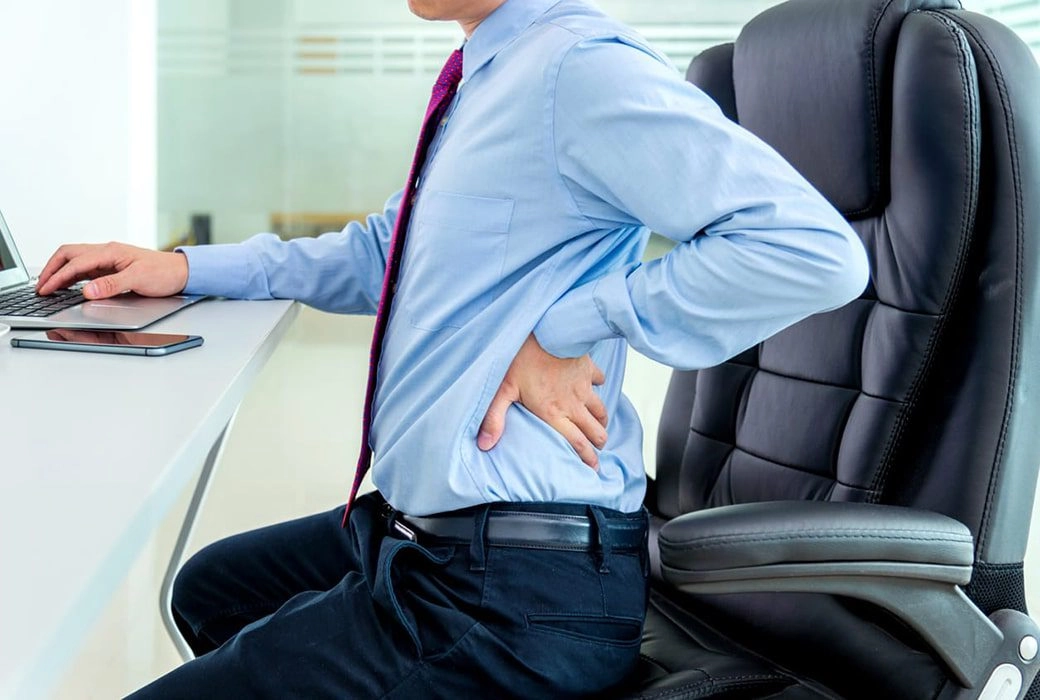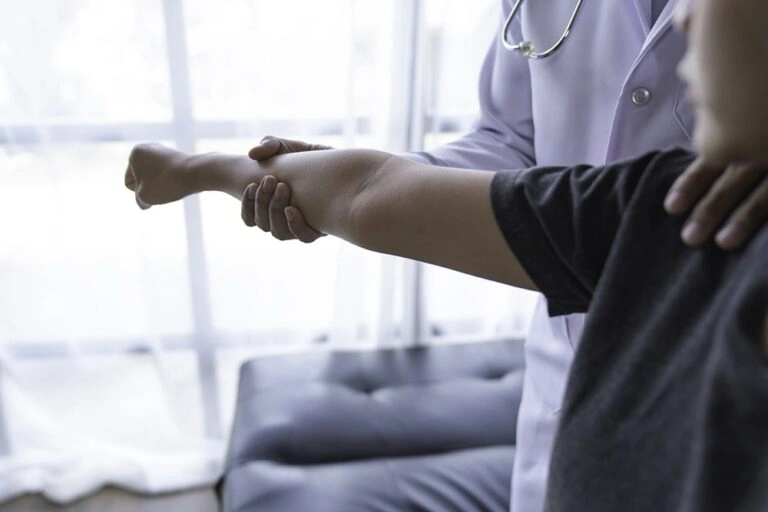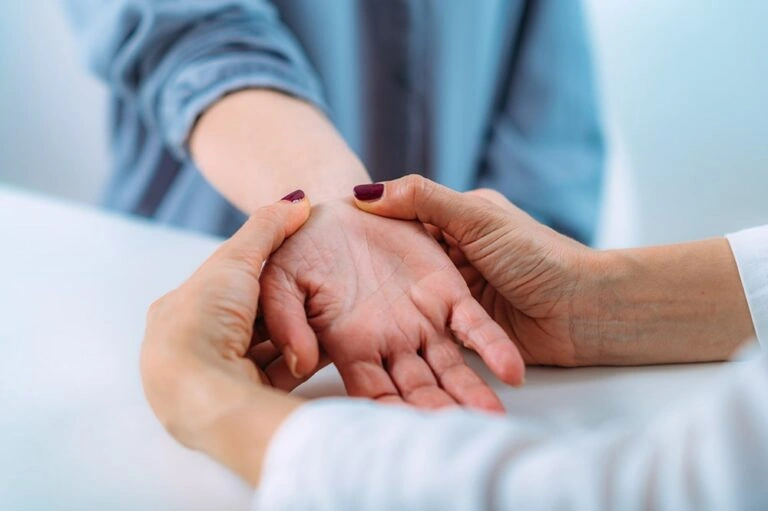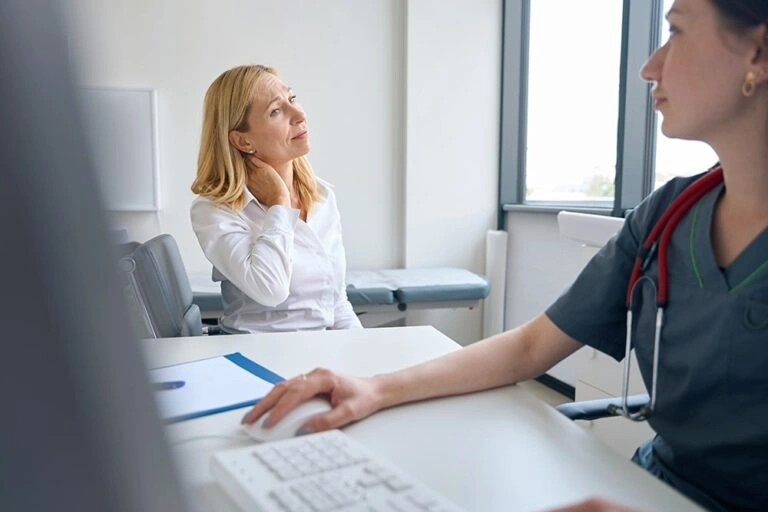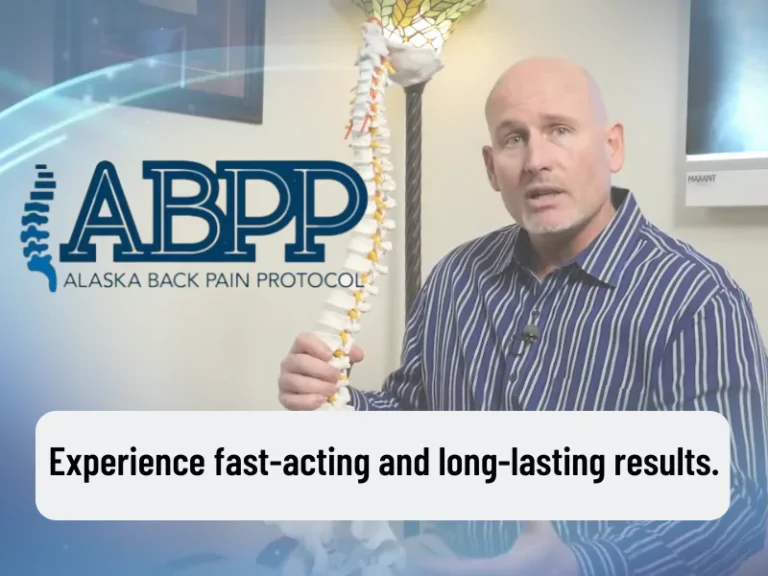Drinking and back pain are delicate subjects for some people, especially those who have a drinking problem. However, many people want answers to specific questions, such as
- Can alcohol make my back hurt?
- Is Sciatica caused by alcohol?
- Why does my lower back hurt after drinking?
Is it possible that drinking can lead to back pain?
Why Does My Back Hurt When I Drink Alcohol?
There are many reasons why your back may hurt when drinking alcohol. For many people, drinking is a way to deal with back pain. Although it may provide temporary relief, it can worsen the pain in the long run.
In these cases, it could be a chicken and egg situation. Which came first, the drinking or the back pain? Either way, the best way to alleviate lower back pain is to cut back on alcohol consumption and talk to a physician or a doctor of chiropractic.
The location of the pain may indicate the source of the pain. Upper back pain when drinking alcohol is often caused by dehydration, muscle cramps, or decreased circulation, and it can be challenging to sleep with upper back pain. Pain in the lower back can have similar causes.
When you don’t drink enough water, the body pulls water from the muscles and joints, contributing to lower back pain. To make this worse, alcohol consumption blocks the production of vasopressin, which helps regulate the amount of water in the body. As a result, more of the body’s water exits through the urine than usual.
When the body is dehydrated, it can pressure the spine’s nerves, causing back pain, including sciatica. Kidney pain can also manifest as upper or lower back pain, and the kidneys tend to work overtime when we drink alcohol. It can be hard to determine the exact cause of your back pain while drinking alcohol, so you can always talk to a medical professional for advice and answers.
Can Alcohol Cause Back Pain?
While there is a definite lack of scientific studies outlining the direct cause of back pain from alcohol, one thing is clear. Alcohol can cause back pain. The reasons for this are believed to be as varied as the choices of alcoholic beverages available. There is no one common cause. The cause of pain depends on many factors, such as the amount of alcohol consumed, whether the body is dehydrated, whether there is a current issue in the back, the use of medication, and the individual’s body weight.
For some people, alcohol acts as a painkiller and an anti-inflammatory. Yet, it can cause pain and contribute to chronic inflammation for others. Sometimes pain in the kidneys after drinking can manifest as back pain. If you believe alcohol is causing your back pain, consider cutting back on your drinking and speaking to a chiropractor. Can a chiropractor help with lower back pain? Yes, they absolutely can! At Better Health Alaska, we’re here to provide chiropractic care for the residents of Anchorage with empathy and expertise.
The Truth about Alcohol and Back Pain
Like many things in life, this situation is complicated because of the variables. Are we talking about those who are only social drinkers? Weekend bingers? Full-blown alcohol abusers? The role of alcohol when it comes to back pain can be both harmful and helpful.
Studies have found that those who consume alcohol in moderated amounts have lower markers of inflammation compared to those who do not drink alcohol or heavy drinkers. Other studies have found that alcohol abuse was associated with chronic low back pain.
Alcohol and back pain are closely related, and they like to hang out together. While chronic back pain can lead to alcohol dependency, regular alcohol over-consumption can contribute to back pain.
For Anyone Who Drinks
It’s vital that everyone who drinks alcohol, from occasional drinkers to alcohol abusers, understand the relationship between their drinking and back pain. Keep reading and discover the six things every drinker needs to know.
1) Most People Don’t Know What Moderate Drinking Is
Perhaps one of the biggest problems is that most people do not understand what science (and doctors) consider “moderate drinking” to be.
For women, moderate drinking is one 12-ounce beer OR one 5-ounce glass of wine OR one 1.5-ounce glass of 80-proof hard liquor daily. Please note the word OR. You may have one of these, not all three, to be considered a moderate drinker.
For men, moderate drinking is considered to be 2 of the above, meaning two 12-ounce beers, etc. By the way, this doesn’t mean that if you don’t drink all week, you can have 7 beers in one night.
Alcohol doesn’t work that way, and having 7 drinks in one night would be considered binge drinking. Moderate drinking is considered to be a healthy way to consume alcohol. For some people, however, drinking should be avoided, especially those taking prescription medications. Alcohol abuse can lead to back pain in one way or another, so stay moderate!
2) It Affects Your Mood and Perceptions
Does alcohol affect muscle pain? Yes, it does. Many physical and mental effects of alcohol abuse extend beyond the liver and alcoholism.
There is also a condition called alcoholic myopathy. This condition results in the loss of muscle strength or even a musculoskeletal system dysfunction. Binge drinking or heavy drinking over time can lead to toxic myopathy. This severe and painful condition causes cramping, stiffness, muscle spasms, and loss of muscle mass, including the heart.
The good news is that alcoholic myopathy can be reversed when a person quits drinking. Heavy drinking also lowers the serotonin in your brain. Serotonin is a chemical that regulates your moods. This means you feel anxiety and depression, which are also associated with back pain. If you have had surgery for neck or back pain or you are being treated at your chiropractor for back pain, depression can jeopardize your recovery, greatly increasing the time it will take for you to heal.
3) It Can Increase Your Weight
This isn’t rocket science. The more you weigh, the more pressure you put on your back. One of the biggest culprits when it comes to back or neck pain is obesity.
The calories in alcohol add up quickly, and drinking tends to make most people hungry, which adds even more calories and inches to your waistline. Whether excess weight is the cause of low back pain or contributes to low back pain, extra pounds do the back zero favors. The added weight to the midsection shifts the pelvis forward, causing the spine to curve excessively. This is commonly called swayback.
In a 2015 review of studies, data was looked at from 95 high-quality studies regarding obesity and low back pain. It was clear that low back pain was directly related to increases in a person’s BMI (Body Mass Index).
4) It’s Not Meant to be a Pain Reliever But…
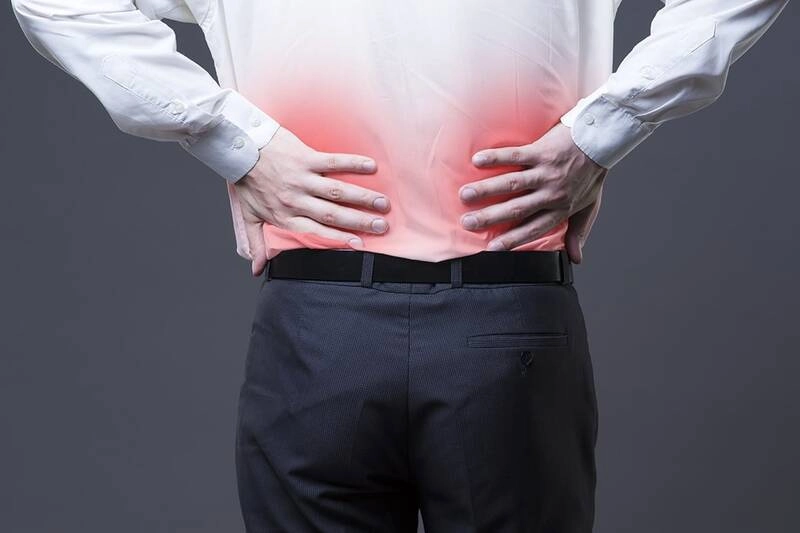
One of the many benefits of moderate drinking, in addition to lower levels of inflammation, is that it releases stress, helps you to relax, and can be a good way to help manage minor to moderate pain. Unfortunately, it’s been estimated that approximately 28% of people with chronic pain problems, including back pain, use alcohol to manage their pain beyond levels considered beneficial.
The more alcohol you drink, the more likely you are to develop a tolerance to it and require more alcohol to provide the same level of relief. This can lead to a dependence on alcohol. It’s a fine line between drinking today to take the edge off of some unexpected pain and alcohol becoming a crutch to get you through the day.
The Centers for Disease Control state that excessive alcohol consumption takes the lives of almost 90,000 Americans every year and shortens countless more lives. Don’t forget that alcohol is one of the leading causes of pancreatitis, which causes recurring, intense pain behind the ribs and throughout the back, including upper back pain after drinking alcohol.
Sometimes, your back pain is related to other issues and other times, it’s the alcohol that is the culprit. Let’s also consider that most of the pain-killing effects of alcohol happen beyond what doctors think to be moderate drinking.
Excessive alcohol use has its problems, including a greater sensitivity to pain in general. This means that if you try to stop using alcohol after abusing it for an extended period, you might feel more pain than you did before, even if your injury or condition is no worse than it was back. This is the terrible rock and a hard-place scenario many people find themselves in when they use alcohol as a pain reliever. There are plenty of back pain dos and don’ts, one of which includes limiting your alcohol consumption.
5) Medication Matters
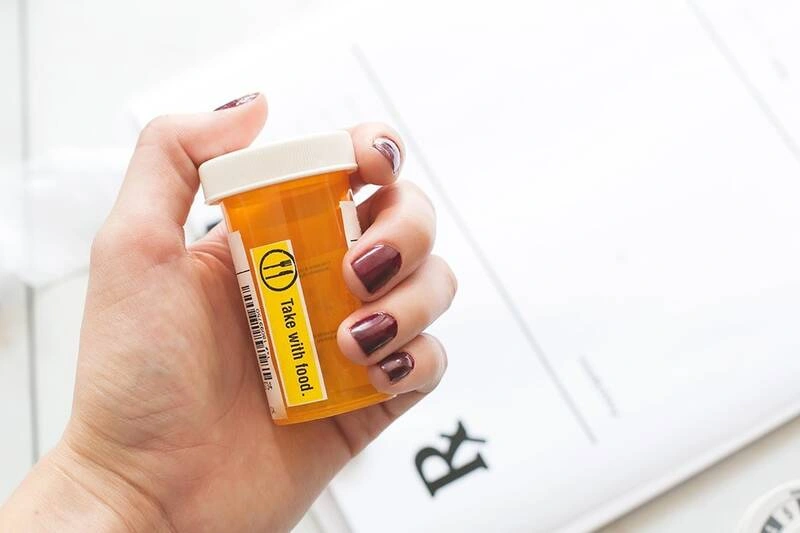
Most people never consider that medications, even those sold over the counter, such as ibuprofen, can be a problem when mixed with alcohol. Check out these facts:
- Acetaminophen (Tylenol) and alcohol can lead to liver failure
- Aspirin and alcohol significantly increase the risk of gastric bleeding
- Opiates and alcohol significantly increase the sedative power of the drug, possibly causing death due to a failure to breathe or an acute overdose.
If you are taking any medication, you should completely understand how adding alcohol to your day interacts with whatever drug(s) you are taking. Speak to your pharmacist, doctor, or chiropractor about all the medications you are taking, and be honest about the amount of alcohol you typically consume. These professionals can advise you about whether you can still safely consume alcohol or if you should stop drinking entirely.
6) Dehydration Is a Real Problem
The pituitary gland in the body is responsible for making a hormone that controls the amount of water in your body. Drinking blocks this hormone, allowing your body to release more water than it normally would otherwise. Between each vertebra in the spine is a disc, which acts as a type of shock absorber, preventing the bones from rubbing against one another and preventing the nerves from becoming pinched in between the vertebrae of the spine.
The discs are made up of mostly, you guessed it, water. This loss of water can cause back pain when the discs press on nerves or allow the vertebrae to feel more shock when you move than they usually would. For those with spine problems, such as degenerative disc disease, the pain felt due to dehydration would be increased tremendously. Drinking extra water isn’t going to solve this problem, either, since alcohol consumption is preventing your body from holding on to all that excess water.
A Complex Problem
It’s easy to see how the relationship between back pain and alcohol is complex. While it can relieve pain symptoms and even prevent inflammation, it must be consumed in far smaller quantities than most people consider “moderate” drinking effective.
Comprehensive chiropractic care can help. Different chiropractic treatments might benefit you, depending on your unique situation. Speak to your chiropractor about how therapy can benefit you.
Isn’t it time you took that first step towards understanding and addressing your back pain? With just a simple call, you can schedule an appointment with Better Health Alaska’s highly recommended chiropractor who is ready to help you untangle the complexities of your situation, offering you a potential path to a life less burdened by discomfort. Isn’t it time you took back control?
Lower Back Pain and Alcohol Withdrawal
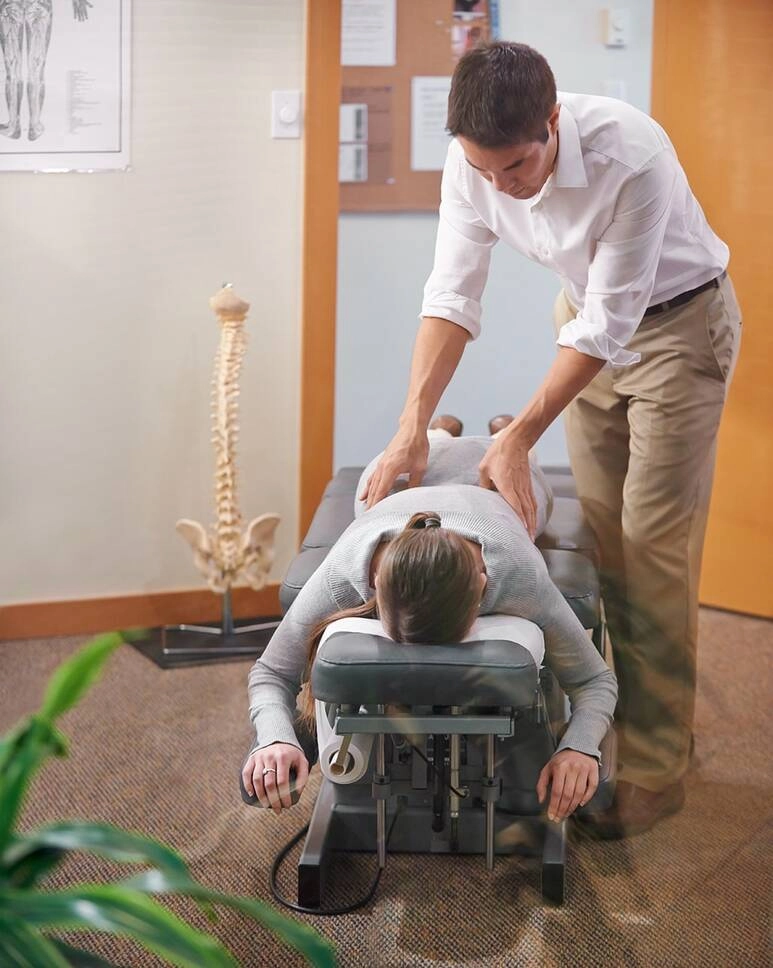
There are a variety of symptoms that come with alcohol withdrawal. Increased sensitivity to pain is one of them. If you are trying to quit drinking and have low back pain, it could be that you are feeling a minor problem more intensely.
Your local chiropractor can help you determine the root source of your back pain. If you are experiencing back pain after drinking, or any neck or back pain issues, visit us and let us help you. We aren’t here to judge you or chide you about how much you drink. We want to help you live a life free from pain and discover what the root problem of your back pain is.
Check out the Alaska Back Pain Protocol, a procedure developed by me, Dr. Brent Wells, who has helped thousands of Better Health Alaska patients find relief from back pain. Call us today or make an appointment online. You have nothing to lose and so much to gain by breaking free from the cycle of chronic back pain.


